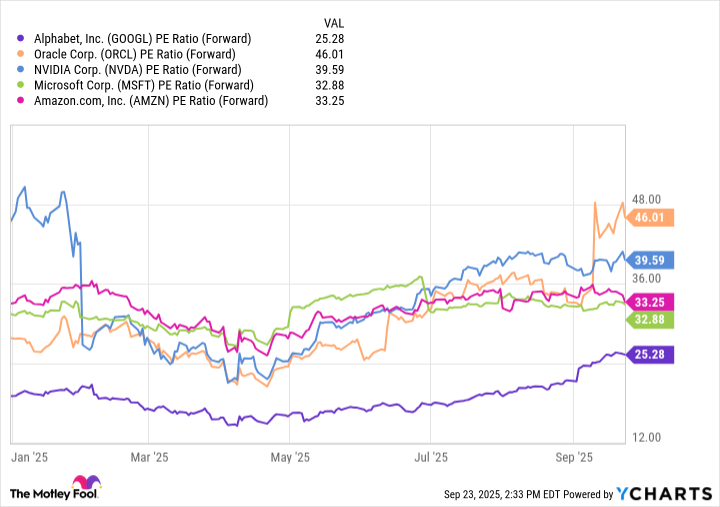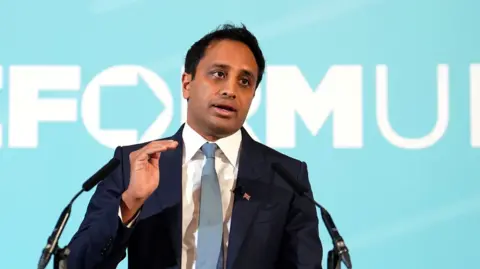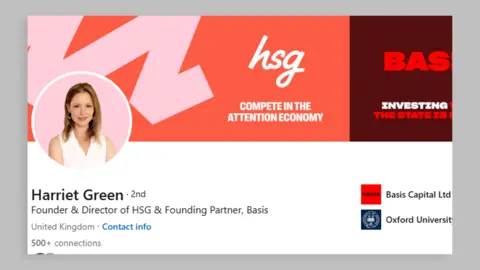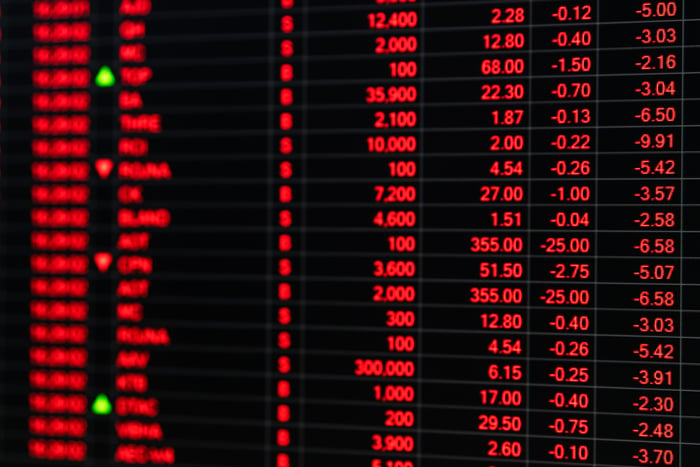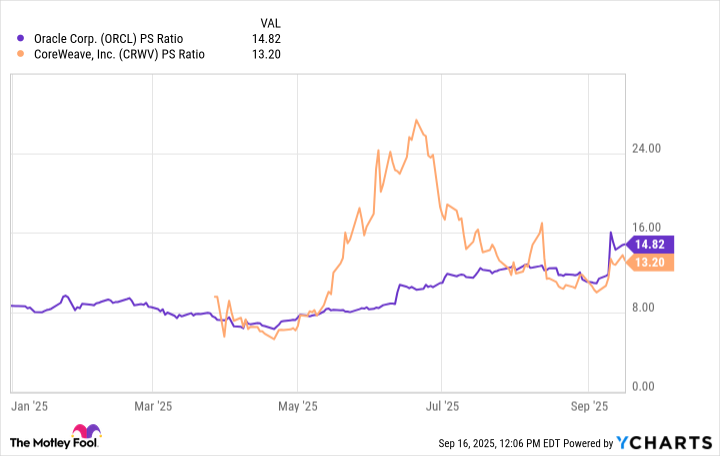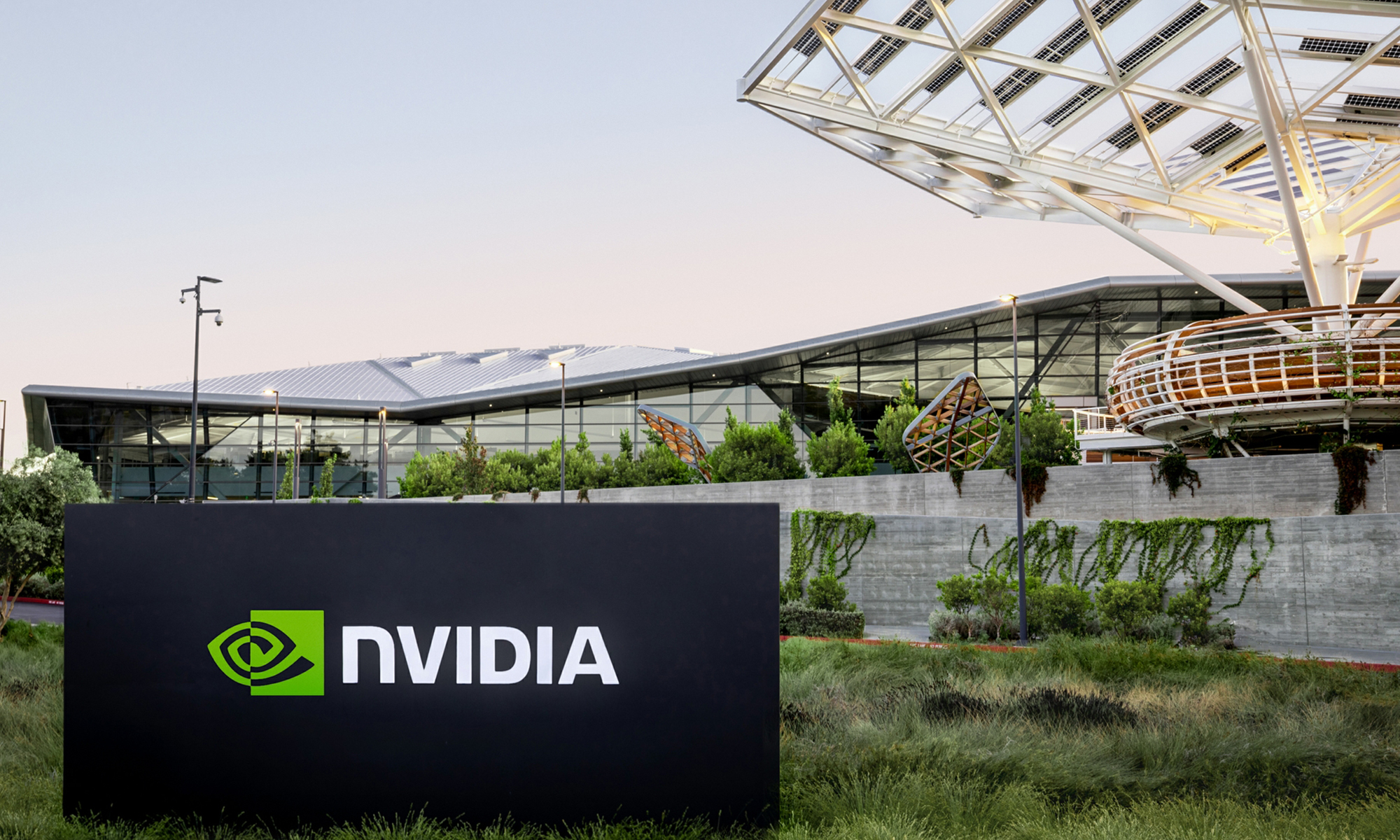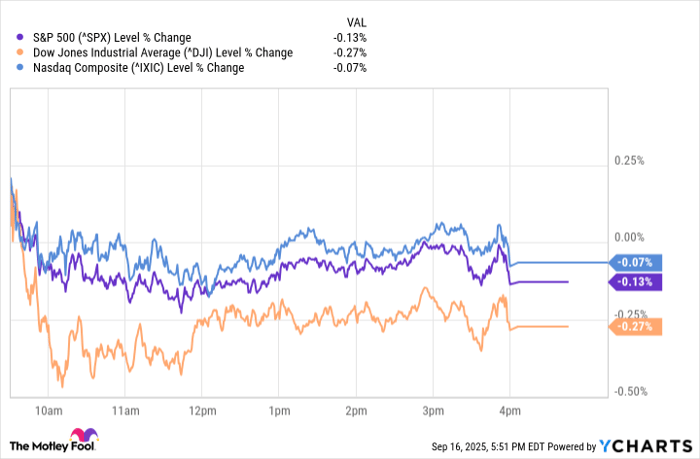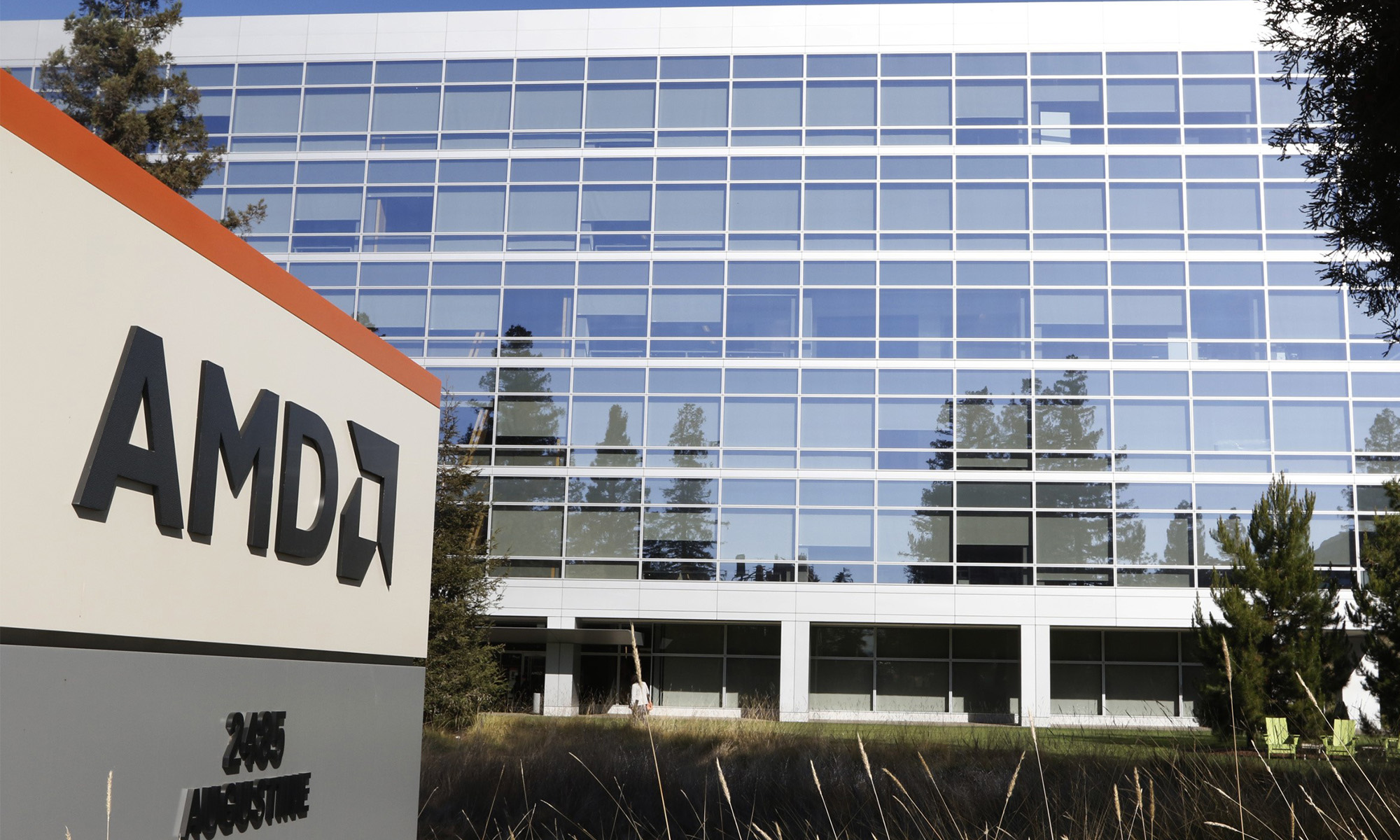Three Motley Fool contributors talk it out.
In this podcast, Motley Fool contributors Rick Munarriz, Lou Whiteman, and Jason Hall discuss selling decisions they wish they could take back. They also look at some stocks that could thrive in the new normal. There’s also a sporty look at some of this year’s biggest winners and losers.
To catch full episodes of all The Motley Fool’s free podcasts, check out our podcast center. When you’re ready to invest, check out this top 10 list of stocks to buy.
A full transcript is below.
This podcast was recorded on Sept. 08, 2025.
Rick Munarriz: Don’t go on a path to sell destruction. Motley Fool Money starts. I’m Rick Munarriz, and today I’m joined by two of my favorite voices in Fooldom, Jason Hall and joining us for Hidden Gems, Lou Whiteman. We’re going to take a look at some stocks that we believe will head higher in the coming months. We’re also going to play a new game called Double Trouble. But first, investors spend a long time treating their stocks as soul mates. Sometimes they should be treated as cell mates. We spend a lot of time discussing meat cutes when it comes to stock ideas. Today, I want to talk about breakups. More to the point, what’s the decision to sell that you regret the most? Mine is easy, but I want to start with you, Lou. Like trying to figure out what to do with a blank spreadsheet square, let’s talk about your worst sell decision.
Lou Whiteman: I’m a terrible person to ask this because it’s so boring, Rick. Not because I’m brilliant, not because I don’t have terrible mistakes, but rather I don’t tend to dabble in the early stage companies that get these great explosions later higher. I assure you, if I would have owned Amazon or if I would have owned Tesla back in the day, I would have sold them, and I would have regretted them now. But I do have a lot of regrets, and I do think there’s a lesson there because I share a theme. Two really good companies I sold years ago. One, Axos Financial, the online bank. I think it’s up like 200% since then. I really regret that. The other is Loews, not the home improvement company, but the financial hotel conglomerate. It’s almost a double since then. The similarities, the reason I regret them, these aren’t the oh, my gosh, I’d be a trillionaire now, but I’ll be honest, I sold them without any good reason. I had no magic process. I had no guiding principle. I basically got bored with them, and I saw something shinier and flashier, and that is the worst reason to sell. Not dramatic declines. This just eats at me because this is the danger of acting on the whim instead of with real intent. Every time I look at those, I get a little sad inside.
Rick Munarriz: A lot of real world relationships end for the same reason, Lou. Jason, what’s on your plate?
Jason Hall: I could go with one that Lou mentioned. I could go with Tesla. I bought I believe in around 2016. I sold a couple of years later for a decent little profit. Stocks up 2,000% since I held. Rule Breaker investors that that followed the Rule Breakers portfolio have enjoyed 16,000% in wins owning Tesla. Now, clearly a financial mistake, but not sure that I regret it because I didn’t sell it for concerns about the business as much as just concerns about Elon Musk’s ability and interest in staying focused on Tesla, and concerns about the company’s ability to deliver more than just EVs and maybe batteries. I could also go with selling half of my Nvidia stake about two years ago. Stock is up 446%, and it’s never been below the price that I sold. I don’t really regret that though because I sold it at this point in my financial life where I’m thinking about position sizing, and it had become such an out-sized position in my portfolio. I’m still OK with that decision even though maybe I should have let that problem become a much bigger problem. But the one that I really regret, Rick, I even wrote about it on fool.com in August of 2013, and that was selling Microsoft, and it was right as Steve Ballmer was leaving and set to be replaced by Satya Nadella. I sold entirely because I just ran out of patience at really the absolute wrong time to have been running out of patience with Microsoft, and it’s been an 18-bagger since I wrote that article and since I sold my shares.
Rick Munarriz: Ouch, Jason. I have a story to share too. Invest long enough, and you’ll get a 10-bagger. If your aim is true, you may even wind up with 100-bagger, 1,000-bagger, a 10,000-bagger, or understandably even more rare. I have 100,000 bagger in my portfolio, and it’s killing me. I bought 500 shares of Netflix in October 2002 when it was a broken IPO, just a few months after hitting the market. After a pair of stock splits, I would have 7,000 shares worth $8.7 million today. Unfortunately, I have sold 99% of my shares over the past 23 years. I sold 80% just a couple of months into my shareholder tenure, and I regret that a lot more than the other 19% I paired back much later as the position became a larger part of my portfolio.
Lou Whiteman: My heart goes out to all of us, and terrible stories. Also, I don’t think we should be afraid to sell. If anything, I feel like I should be more open to selling for the right reasons. I think you can make bad decisions if you refuse to sell. But again, I come back to, looking at mine, you have to have a reason. You have to have a process and stick with it. If the thesis has changed, you should probably sell. If you don’t believe it anymore, it’s selling because you actually want to use the money for a life event, if you’re going to get married or you have kids. Look, that’s a reason to sell. We’re going to use the money. I’ve tried to work on being more purposeful to slow things down, to not react, not look for shiny objects. I think you can avoid the worst regrets by just have a plan, stick to it. It’s just, gosh, Jason, there’s so much stimulus coming at us. How do you stay on a plan?
Jason Hall: Yeah, Lou, you’re right. I think regret minimization is something that as investors, we have to sharpen that skill and really build that muscle. That doesn’t mean ignoring mistakes and pretending like they don’t happen. You have to learn from them. But one of the things that I’ve learned to do is to build a framework that helps me reduce the unforced errors, basically making short term decisions with long term investments. That’s a lot of times the things that leads us to sell too soon, and better align my actions with all of my financial goals, whether they are the long term ones, but also the short term ones too. Aligning those decisions based on what the asset itself is can be one of the most important steps to take. It’s certainly the one that’s helped me avoid most of the worst mistakes. You know what? My heart doesn’t go out to you, Rick. My heart doesn’t go out to you, Lou. I don’t feel sorry for myself here because I look at my portfolio, and overall, mistakes are part of the process, and I know all three of us have done quite well and we’re set out to reach all of our short term and long term financial goals. It’s part of the process, and hopefully, sharing these stories with others that have made mistakes. Fools listening, I hope this helps you out a little bit too.
Lou Whiteman: Yeah.
Rick Munarriz: My lesson is that you should never buy a stock just because it goes down. By the same metrics, you also shouldn’t sell a stock just because it goes up. I agree with you both, not dwelling on the selling, learn something and move on. Or in the words of Nicole Kidman as she walks into an empty AMC theater, somehow heartbreak feels good in a place like this. Coming up next, we shift gears to talk about stocks we like right now. Lou, Jason, we’re not a boy band yet, but like NSYNC, we’re going to go over some buy-buy-buys.
The market came under pressure on Friday after a week jobs report made it even more likely that the Fed will start to cut rates later this month. Every move creates an opportunity. I want to go around the room and see what stocks is on your radar as a potential buy ahead of what could be three months of small but potent rate cuts. Jason, what’s one stock you think will rise in the fall?
Jason Hall: I’m going to go on a limb here, and I’m going to bring up one that I don’t think that rate cuts directly are the reason that the stock is going to go up, and I’m going to give you a hot take on Starbucks. I’m going to give it to you in a lot less time than it would have taken you to get your favorite cup of caffeine from that coffee giant over the past couple of years. Starbucks’ shares are basically on a six-year highly volatile losing streak. Revenue growth has stalled. Tons of legit competition has emerged all over the world. We’ve got another IPO that’s coming up pretty soon in that coffee space. I know that sounds like a terrible stock to expect to go up, right, Rick?
Rick Munarriz: Yeah, but you had me percolating, Jason. Why do you think Starbucks will rise in the fall?
Jason Hall: In short, Starbucks looks like it’s finally working through years of problems that have hurt the business, and these problems were happening before we realized they were problems. The collision of too much technology that was driving a ton of orders ran into too much complexity behind the counter, along with a number of other poor operational decisions, hurt the customer experience, hurt the company’s relations with its workers. Here’s a stat. Starbucks hasn’t had a positive quarter of comps. That’s that important measure of retail of sales at stores that have been open for at least one year. Hasn’t had a positive comps quarter since the end of 2023. That’s seven straight negative comp quarters, seriously. Now, Brian Niccol, I believe is the best operator in the restaurant industry, was brought in just 13 months ago to fix really a broken business that’s attached to an incredible brand. There have been signs of life the past couple of quarters. Comps have still been down, but much less worse than prior to Niccol’s implementing the Starbucks’ Back to Starbucks initiative. When we combine that positive momentum over the past six months with a really brutal comp period that was last year’s fall quarter. It was particularly bad, comps were down a brutal 7%. I think the combination of low expectations and a low bar for what could look like pretty good results that sets Starbucks up to beat expectations when it reports in October, and I think there’s going to be momentum that can drive the stock up.
Rick Munarriz: Yeah, let’s hope so. Lou, tell us about a stock that you like here.
Lou Whiteman: Conventional wisdom has it that small caps do better in a rate cut environment because the cost of borrowing should come down, and smaller companies tend to be more on the edge when it comes to debt. With that in mind, what I’m watching is a stock called Montrose Environmental, ticker MEG. They’re only about $1 billion market cap. They’re a roll up, and they’re an active acquirer, so they have a lot of debt, specifically 330 million debt compared to just 11 million in cash. They’re the type of company that gets a longer lifeline or life gets a lot easier for them if their cost of debt can come down.
Rick Munarriz: Lou, I remember you writing about Montrose a couple years ago when it was a beneficiary of COVID-related testing. Why do you think it will rise in the fall?
Lou Whiteman: Yeah, that was more of a distraction. What they do at a core, they provide necessary services with environmental cleanup and environmental air quality monitoring, water quality monitoring. These are long term needs, Rick. These are things that we just any administration, whatever’s going on, there’s a need for this. Montrose has a lot of patents in areas like neutralizing micro plastics and getting them out of the water. What sets them apart from me is this roll up. It is a risk, but in an industry full of, basically, small and regional players, they are a national player. They’ve been a consolidator. They have the scale to take on bigger projects, and also large corporate customers that have operations all over the country. They have the option with Montrose to just do business with one vendor. If you’re a mining company, you can work with them nationwide instead of having to find a partner in every market they operate. This is no sure thing, but it’s intriguing, and if they can get borrowing rates down, their odds of success improve.
Jason Hall: One of the things that’s so compelling about what you’re talking about, Lou, is the market is littered with these sleepy little underappreciated companies in markets like that that are massively fragmented that have a good record of rolling up and consolidating. I think that’s worth taking a look at.
Lou Whiteman: It’s just expensive, and if the debt gets cheaper, just life gets easier.
Rick Munarriz: Yeah, find a consolidator in a fragmented sector, and you can make a lot of money that way. My stock is Zillow Group. There are two classes of shares here, but I’m going with the Class A voting stock trading on the ticker symbol ZG. Zillow operates the leading residential real estate portal with 243 million average monthly unique users.
Jason Hall: Wow, housing, not a beautiful market right now, Rick. What’s got you thinking that Zillow can rise in the fall?
Rick Munarriz: If financing rates start moving markedly lower in the coming months, it’s going to breathe new life into the depressed residential real estate market that has seen its transaction volume inch just 1-2% higher over the past year. Demand will spike as homebuyers cash in on getting more bang for their mortgage buck. Supply will also finally start to ease once homeowners aren’t afraid to cash out of their low rates on existing digs. Zillow lights the housewarming candle on both ends. The surge in demand creates more app and website traffic, and that’s a dinner bell for the real estate agents and other advertisers paying for exposure to this lucrative audience. More homes hitting the market will make it even more important to pay up to stand out on the platform. Zillow’s stock is beating the market over the past year, but it’s also flat with where it was five years ago. It doesn’t seem fair. Zillow is back to posting double-digit revenue growth, and adjusted earnings is growing even faster. It’s doing well now. It should really be doing well a few months from now.
Lou Whiteman: Rick, I love the stock idea, but I’m more intrigued with the three of us as a boy band. We need to talk about that more after this is over.
Rick Munarriz: We will, in harmony. When we get back, I break out a new game to see if Jason and Lou can sort this year’s biggest gainers from its biggest losers. Stick around. We’ll end the show in sync.
Jason, Lou, from our culture Exchange Program with Hidden Gems, let’s play Double Trouble. Let’s go over the rules because it’s a brand new game. I will mention a stock that’s been on the move this year. If you think it has more than doubled, say double. If you think it’s lost more than half of its value in 2025, say trouble. Simple enough, let’s go. First one, Freshpet, FRPT, the company behind refrigerated dog and cat food. Double or trouble, Jason?
Lou Whiteman: I’m going to say trouble. I hear about it so much, but maybe. I was going to say double. Well, just let’s have fun.
Rick Munarriz: We are having fun. But Jason is right, trouble, down 63%. Freshpet is still posting double digit sales growth, but it began the year with a steep valuation that’s high even in dog years. Next up, Wayfair. ticker symbol W, online furniture retailer. We probably know this company. Double or trouble, Lou?
Lou Whiteman: I haven’t personally bought anything in a while, but I think other people have. I’ll say double here.
Jason Hall: I think it’s bounced back. It’s struggled so much coming out of the pandemic. I think there’s been a little bit of a recovery.
Rick Munarriz: Yeah, it’s been quite a recovery, at least for the stock. Up 103%, so a double, you’re both correct. Wayfair is getting market share during a cyclical downturn, but in its latest quarter, adjusted earnings nearly doubled. Third up, we’re traveling far away for Banco Santander, SAN is the ticker symbol, Spain’s largest bank. Double or trouble? Start with you, Jason.
Jason Hall: Man, I think I’m wrong here, but I’m going to say double because I know European banks have just taken it on the chin, but I think there’s some life coming back into that sector.
Lou Whiteman: Yeah, definitely double for me, just where Europe’s going.
Rick Munarriz: Yeah, up 110%. The banking giant has been expanding across Europe and Latin America for some time, and early this year, it formed a partnership with Verizon to boost its presence in the US. Next up, C3.ai. Ticker symbol, AI. A provider of AI software tools for the energy industry and other enterprises. Double or trouble, Lou?
Lou Whiteman: This is trouble.
Jason Hall: Yeah, absolutely trouble. I don’t want to get sued, so I’m not going to say anything but trouble.
Rick Munarriz: Yeah, down 55%, net losses keep widening, and revenue is now going the wrong way. Having some challenges there, despite its awesome ticker symbol for the times. Finally, Newegg Commerce, NEGG, consumer electronics retailer. Double or trouble, Jason?
Jason Hall: I’m going to say double. I’m making a wild guess here. Completely coming from the perspective of a consumer of computer electronics, they’re still the gold standard.
Lou Whiteman: They were crazy a while ago. They’ve come back to Earth. It’s not trouble. It’s got to be a double.
Rick Munarriz: Yeah, not just a double. Up 452%.
Lou Whiteman: Still, wow.
Rick Munarriz: Yeah, revenue growth has turned positive in 2025 after three years of decline. That’s the good thing. But what’s really carrying it is mostly the fact that it’s riding the new wave of meme stock, so that’s happening right now for that stock. But clearly, the company that’s fundamentals at least are starting to turn the corner. Jason and Lou, thank you for going over the highs and lows of investing and price moves with me today. If you want to give the boy band a shot, we can try try try.
Lou Whiteman: Rick, I’m bullish on you. You’re a double.
Rick Munarriz: That sounds like trouble. Thank you. Thank you to the two of you. A double dose of wisdom to my me them. As always, people on the program may have interest in the stocks they talk about, and the Motley Fool may have formal recommendations for or against, so don’t buy or sell stocks based solely on what you hear. All personal finance content follows Motley Fool editorial standards and is not approved by advertisers. Advertisements are sponsored content and provided for informational purposes only. To see our full advertising disclosures, please check out our show notes. For Jason Hall, Lou Whiteman, and the entire Motley Fool Money team, I’m Rick Munarriz. May your days be sunny and your life, Motley Fool Money.








